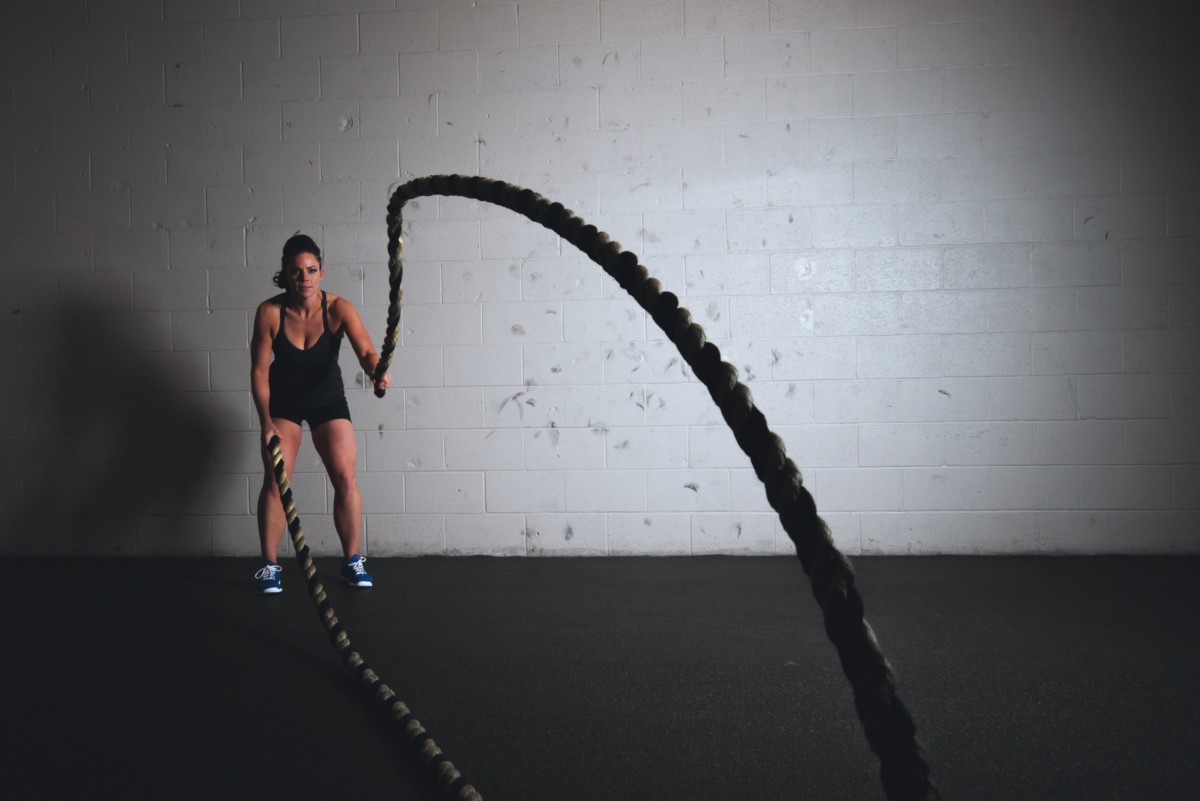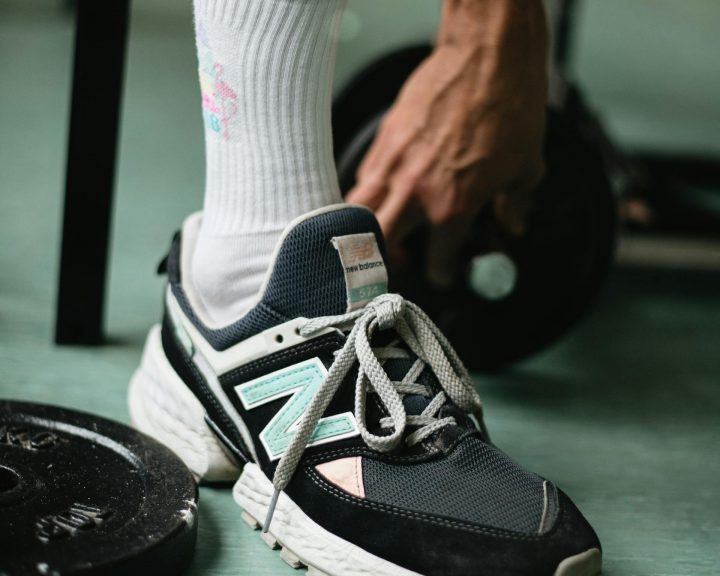There’s been a great deal of debate about what qualities are most important for the 100 meter sprinter. Force, direction of force application, power, ability to move the limbs quickly, stride length, etc. have all been mentioned as the most important variables. Morin et al in the November issue of the European Journal of Applied Physiology examine this. Their study was designed to examine those mechanical variables associated with 100 meter performance. The study looked at 13 males, 9 of whom were collegiate physical education students, 3 were French national-level sprinters (mean 100m time ranged from 10.31-10.61 seconds), and one world-class sprinter (9.92 100-meter best time).
Each subject performed two testing conditions:
• 100 meter sprint on a standard track
• Six second maximal sprint on a sprint treadmill (the subjects accelerated the belt on the treadmill and sprinted all out for those six seconds). The treadmill allowed for more precise measures of force and power.
The authors were interested in relationships between force, power, and kinematics (stride length/frequency/etc.) and the 100 meter sprint results. They found a number of interesting things:
• Maximal power output was strongly correlated (r of 0.85 and above) with maximal speed achieved during the 100m sprint, mean speed achieved during the 100 meter sprint, and the distance traveled over the first four seconds of the 100 meter sprint (i.e. acceleration).
• Average power output was strongly correlated (r of 0.81 and above) with maximal speed, mean speed, and four second distance.
• In both instances, the strongest relationship was between the power outputs and the four second distance.
• Horizontal ground reaction forces were strongly correlated (r 0.773 and above) with maximal speed, mean speed, and four second distance.
• Vertical ground reaction force was only strongly correlated with maximal speed (r 0.593).
• For these sprinters, stride frequency was strongly correlated with all measures of speed (r 0.893 and above), but stride length was not.
• Contact time and swing time were negatively correlated with the measures of speed, in other words the more time you spend either on the ground or swinging your limbs the slower you run.
Before delving into take home messages, some cautions. There is one elite sprinter in the study, the nine college students may severely skew the results. Some purists discount research that uses a treadmill as this may or may not adequately represent what athletes do on the field.
To me, this study reinforces the need for sprinters to be powerful, strong, and to be able to apply that strength and power in a horizontal direction. It also suggests that this isn’t enough if they cannot move their limbs quickly. This not only reinforces the importance of strength training, but it reinforces the need for more specific strength training that helps with horizontal application of force as well as plyometrics that seek to apply strength horizontally.
The stride frequency results are interesting. With larger pools of sprinters you find that some are (extreme) stride frequency oriented, some are stride length oriented, and some are a little more balanced between the two. The subjects in this study were stride frequency oriented. Some of this is due to coaching and some of this is due to how the athlete is put together.
Morin, J-B., Bourdin, M., Edouard, P., Peyrot, N., Samozino, P., and Lacour, J-R. (2012). Mechanical determinants of 100-m sprint running performance. European Journal of Applied Physiology, 112: 3921-3930.




